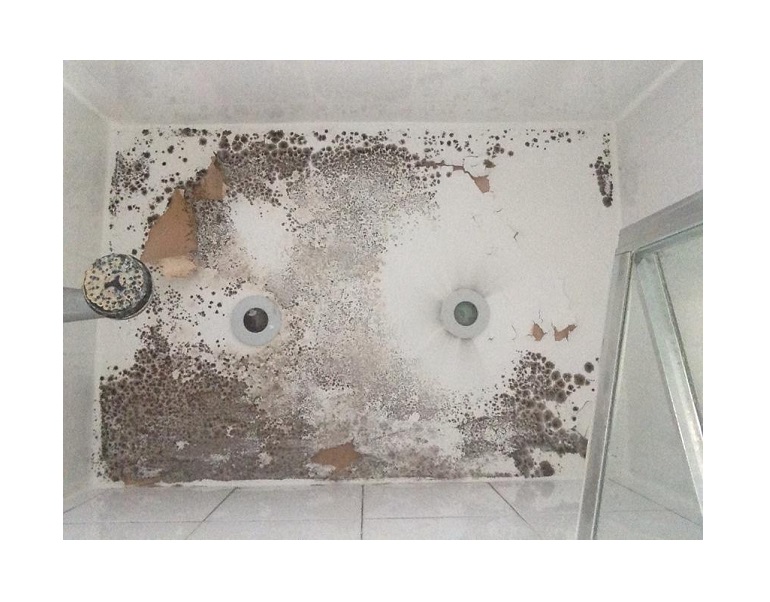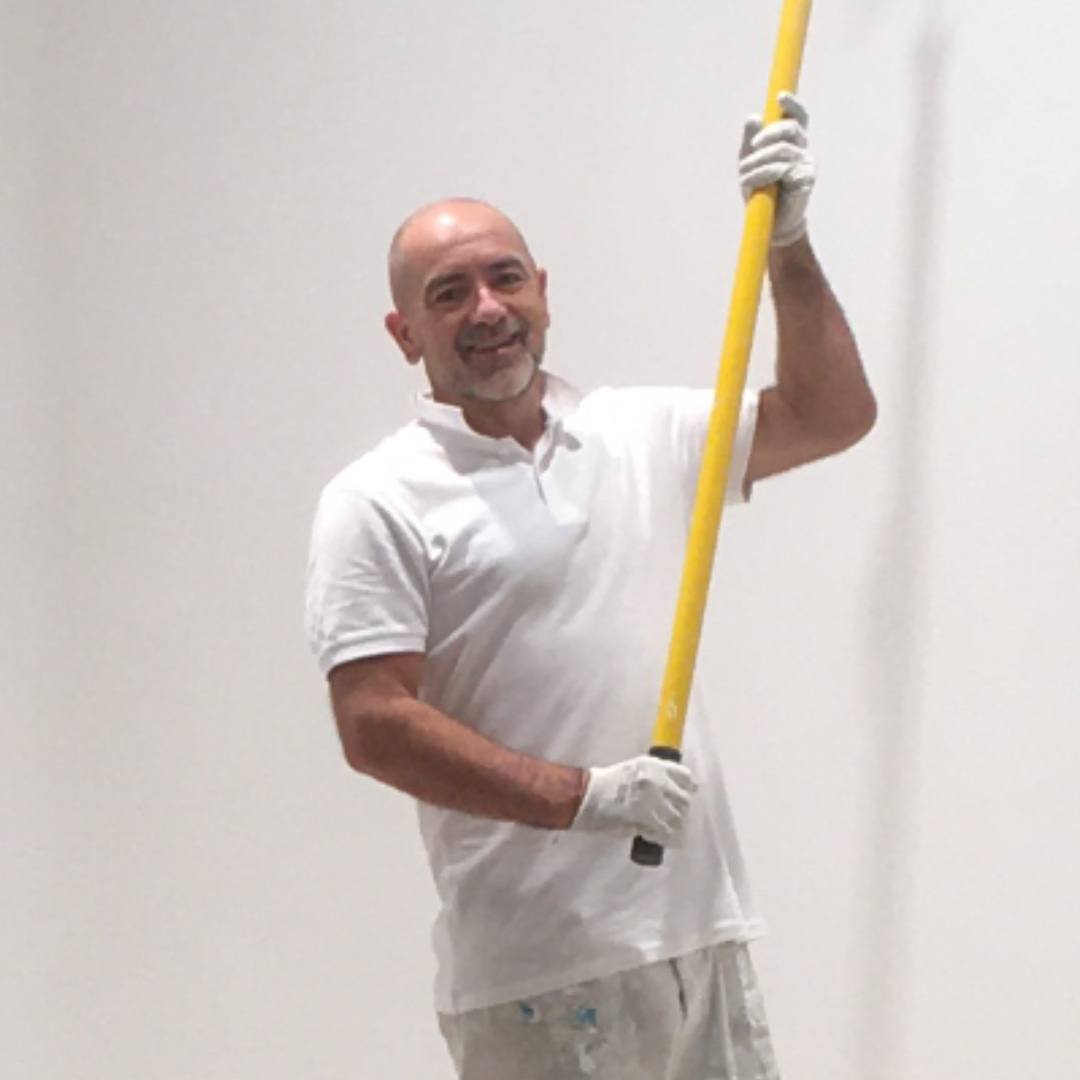Causes of bathroom mouldMouldy bathroom ceilings have long been a source of concern for homeowners, landlords and Painters & Decorators here in London Bathrooms that are poorly heated and ventilated and having little or no insulation, will cause the surface of the ceiling and walls to become cold and to remain cold. When the warm air from the shower or bath comes into contact with the cold ceiling, the air cools. This warm air, which will be laden with moisture, can no longer hold that moisture, therefore it condenses on the cold surface of the ceiling. Particularly common in London are bathrooms and shower rooms constructed internally of the building envelope. This therefore means that you have to rely on mechanical extractors to remove or reduce the moisture in the air. As these rooms are internal, they are often better heated and insulated, thus producing less mould than a bathroom with external walls and single glazed windows. At Painters in Central London, we often encounter ceilings suffering from mould and flaking paint. The ceiling below was above a shower cubicle in a one bedroom flat in Covent Garden. The property was pre- 1930s built, no insulated walls, metal casement windows and a heated by a single towel rail. Procedure for painting a mouldy ceilingSurface Preparation
Priming Prime all stained, bare and filled areas with one coat of shellac-based primer Sealer in accordance with the manufacturer's instructions. Decoration Apply two full coats of an acrylic eggshell finish. Dulux Diamond Eggshell is resistant to the levels of atmospheric humidity present in normal interior environments and will withstand repeated washing. It is suitable for use in kitchens and bathrooms.
0 Comments
Your comment will be posted after it is approved.
Leave a Reply. |
Andrew GARDPainter Decorator based in Soho Central London Archives
December 2019
Categories
All
|
Get in touch
Telephone |
HoursMon-Sun : 7am - 9pm
|
Painters in Central London Andrew GARD -
21, St James Residences, Brewer St, London W1F 0RN
|
© Copyright 2024 Painters in central London All Rights Reserved
Associated websites: GaleriaAmaya.com
Associated websites: GaleriaAmaya.com

 RSS Feed
RSS Feed
